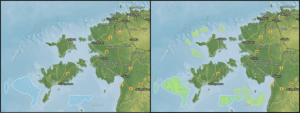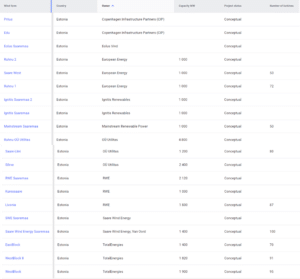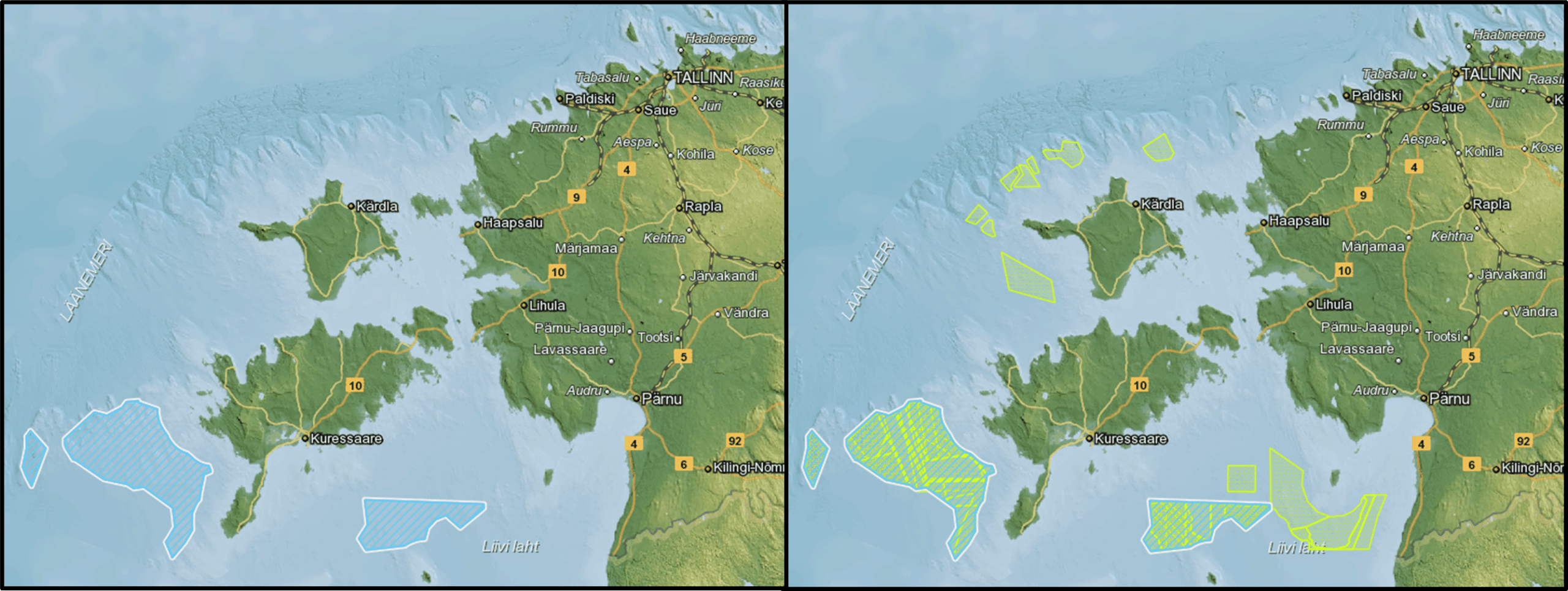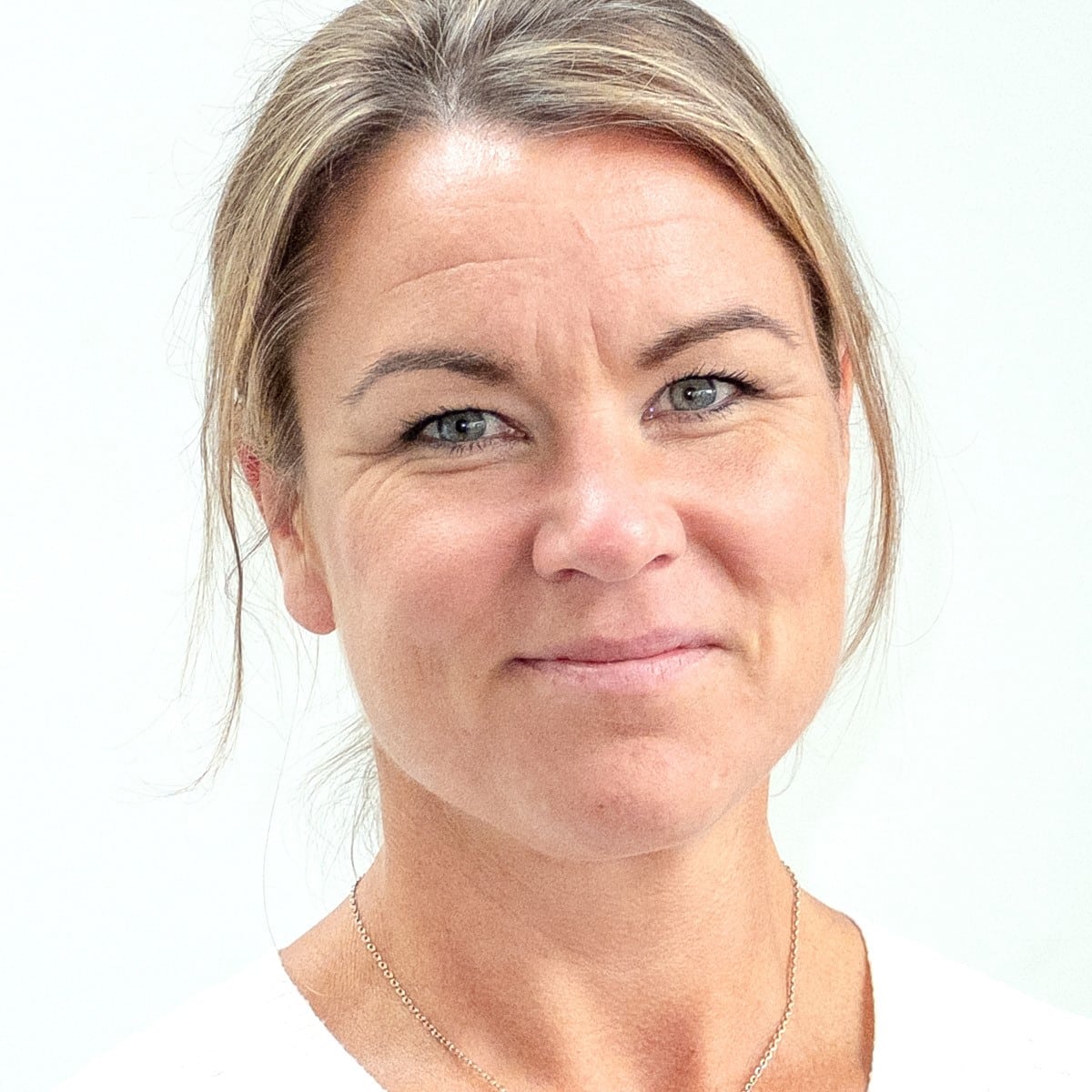2023 is set to be a record-breaking year for offshore wind in Europe. A total of 16 auctions have been proposed to be hosted in Europe throughout the year, set in 12 different countries. This includes Germany’s massive 8800 MW rounds, Netherlands 4000 MW ecology-focused rounds, and Denmark and Belgium’s Energy Island tenders, just to mention a few. It is easy, however, in such an action-packed year, to miss the happenings in some of the smaller markets.
In the Baltics, development of offshore wind has long seemed far off, and no projects have yet passed the concept and early development stage. In the last year, however, the authorities in Estonia, Latvia and Lithuania have taken some major steps toward realizing the region’s first projects.
Estonian Licenses
Estonia has in recent months proposed to overhaul its system of allocating sites for offshore wind, and 2023 now looks to be its breakthrough year. However, for developers, there have been some twists and turns along the way.
Until recently, developers would start the offshore wind permitting process by applying for a location license through the Estonian Consumer Protection and Technical Regulator Authority (TTJA). Developers were free to select the size and location of projects at their own discretion. After the Estonian Government adopted a new maritime spatial plan in May 2022, developers were still welcome to submit applications, but within three defined offshore wind zones: the Gulf of Riga, West of Saaremaa and the West of Saaremaa innovation zone. The fate of projects which have previously applied for permits outside of these new zones remains uncertain, but it looks somewhat unlikely these projects will come to fruition. Through their “Open Door” style application system, a total of 44 applications had been submitted as of Q1 2023, with project proposals in the Gulf of Riga, North of Hiiumaa Island and west of Saaremaa Island. Due to the limited size of the offshore wind development zones, and the fact that developers could choose the site for their projects proposals, Estonians were left with several overlapping and competing project proposals.

Left: Locations for the state-run offshore wind development zones. The smallest of the development zones located off the western coast of the Saaremaa Island is also an innovation area, where several floating projects have been proposed. Right: Locations for offshore wind project licenses in Estonia submitted to the TTJA.
U- turn
To address the growing list of overlapping applications, at the start of this year the Estonian Government announced its intention to implement a new system for allocating sites for offshore wind development. The Minister of Economic Affairs and Infrastructure had been given a mandate to organize auction rounds, which will be hosted in the autumn. In effect, the government nulled all applications already made through the “Open- Door” style system and plan to organize an official auction round for offshore wind development areas. Developers which have already applied will need to re- submit their proposals to take part in the round, as their old applications are no longer valid. The upcoming round is currently expected to consist of 3- 4 sites, all located in the pre- defined offshore wind zone. Bidders are expected to submit new applications in March, with interested developers announced in July. The round itself is scheduled to start in September and conclude in November at the latest.
Several developers had already submitted multiple applications for licenses, prior to the change of allocation system. Many developers are also expected to re- submit their proposals without much adjustment as the government is attempting to use previous applications as a starting point to delineate the auction blocks. The list below is a sample of some of the projects that have been proposed in the Estonian offshore wind development zone. Estonian authorities have yet to determine the project sizes they envision, but most of the recently submitted projects have planned capacities of 1 GW or more. Further details on the auction round are expected in early March.

A selected peer group of projects and developers that have applied for superficial licenses in the offshore wind development zones, defined by the maritime spatial plan.
Latvia and Lithuania also gearing up
Estonia is not the only Baltic nation seeking to kick off offshore wind development. Both Latvia and Lithuania have designated large areas of their maritime zones for the development of offshore wind projects. Lithuania is preparing to host the countries’ first offshore wind auction round this fall, offering a 700 MW project to developers. In addition, Lithuania is preparing an additional 700 MW round, with details expected by the end of 2023. The latter project has previously been proposed for auction in 2026, but this timeline might be considerably sped up.
Editorial Note: Lithuania opened the Baltic region’s first auction on 30 March, which at the time of this article, was not expected to open until the fall. The auction is offering 700 MW and the country continues to prepare an additional 700 MW round which is expected to open in September 2023.
Together with Estonia, Latvia is also developing the ELWIND project, a state-run collaboration to develop offshore wind projects at two separate sites: one in Estonia and the other in Latvia. The auction for selecting a developer and operator for the project is currently expected in 2026.

Timetable for scheduled (solid blue) and planned/estimated (striped blue) auction rounds in Estonia, Latvia, and Lithuania. Two auction rounds are currently scheduled for 2023, offending a total of 4-5 sites for developers. One site will be put up for auction in Lithuania, while the Estonian Government plans for 3-4 sites. Both auction rounds are scheduled for the end of the year. The ELWIND project scheduled for 2026 is a combined project between the Estonian and Latvian governments.
Baltics all in on offshore wind
The need for energy security has pushed the Baltic states to look to new energy alternatives. Although developers have previously proposed projects in all three Baltic states, none has yet reached beyond an initial development stage. However, 2023 looks like it could be the breakthrough year in the region. Estonia is looking to reform their system of allocating sites, Lithuania is preparing for their first ever auction round this fall, and Latvia is pushing for the ELWIND project. Although a market previously somewhat overlooked in the offshore wind industry, the Baltics may now offer projects attractive to many developers, due to both the size, location, and type of project.
For full details on the rounds, proposed projects and additional development insight in the Baltics, don’t hesitate to reach out.


















































































